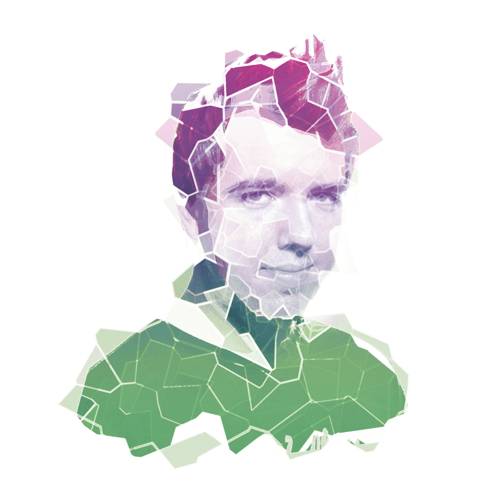This is an effect greatly enhanced by the darkness of L4D’s urban levels, where a group’s ability to cast light into menacing corners could make the difference between life and being strangled by a prehensile tongue. “Shadows are an important visual cue too,” continues Mitchell. “They help you tell where things are in 3D space. So as you’re strafing around you’re seeing those shadows move and change in a natural and believable way – you’re able to quickly perceive that space.” On paper, and even in screenshots, it’ll seem like nothing more than a visually pleasing effect – and one, we hasten to add, that’s been seen in other games. In motion though, when surrounded by 30 infected maniacs, the shadows give a staggering degree of unconscious feedback, and spatial awareness. Now here comes the science.

“In self-shadowed normal mapping,” begins Mitchell, having taken a deep breath, “instead of doing all your light calculations on strictly flat polygons, you have a texture map that contains normal information mapped to those polygons, and locally, you’re changing the lighting.” We’ll cut to the final product of this tech-wizardry, which is a subtle but striking lighting effect that goes way beyond your average bump mapping. If you’ve ever placed a flashlight along a brick wall and seen how the light picks out and exaggerates every detail of the surface, that’s what’s happening in L4D. Combined with the other visual effects Valve are bolting on to the Source engine it makes a serious difference. A number of per frame post-processing effects are being employed to ensure L4D will be nothing less than a feat of visual engineering.
“The filmic post-processing is, from a stylistic standpoint, useful for evoking the style of a classic horror movie,” explains Mitchell. “We also view post-processing as another communication channel with our players. There are subtle ways of interacting with the player, think of the soundtrack to a feature film for instance. We’ll use music in that way, but we’ll also use the post-processing to communicate game state, for example. So when the player is injured we’ll change our colour correction operation to desaturate the environment.

“The stuff they did in Grindhouse was similar,” smiles Mitchell, talking about theTarantino-Rodriguez double-feature, “they did colour grading as well, though they were trying more for the ’70s look. They were also going for a damaged film look, so they’d have scratches and areas of overexposure – we’re not going for that exact look, but we’re certainly in the same vein.” Just as Steam Community came into existence a month or two before Team Fortress 2 arrived, L4D will have its arrival preceded by Steam Cloud, a service which will store your save games and configurations online. This means your campaigns can be saved and resumed from anywhere at any time, even if the friends you were playing with have gone on a holiday.
Outside of all this, we suppose it’s worth reminding ourselves that L4D itself remains an energetic and often terrifying co-op shooter – a tense and bloody adventure through four varied campaigns in which you play the role of either a human survivor or one of five uniquely talented infected antagonists. Swarms of AI infectees time their scares expertly, running and clambering across the level with bowel-loosening urgency, and campaigns peak with thrilling stand-offs worthy of Romero, Peckinpah or Leone. Now we can be certain it’ll look the part too.

